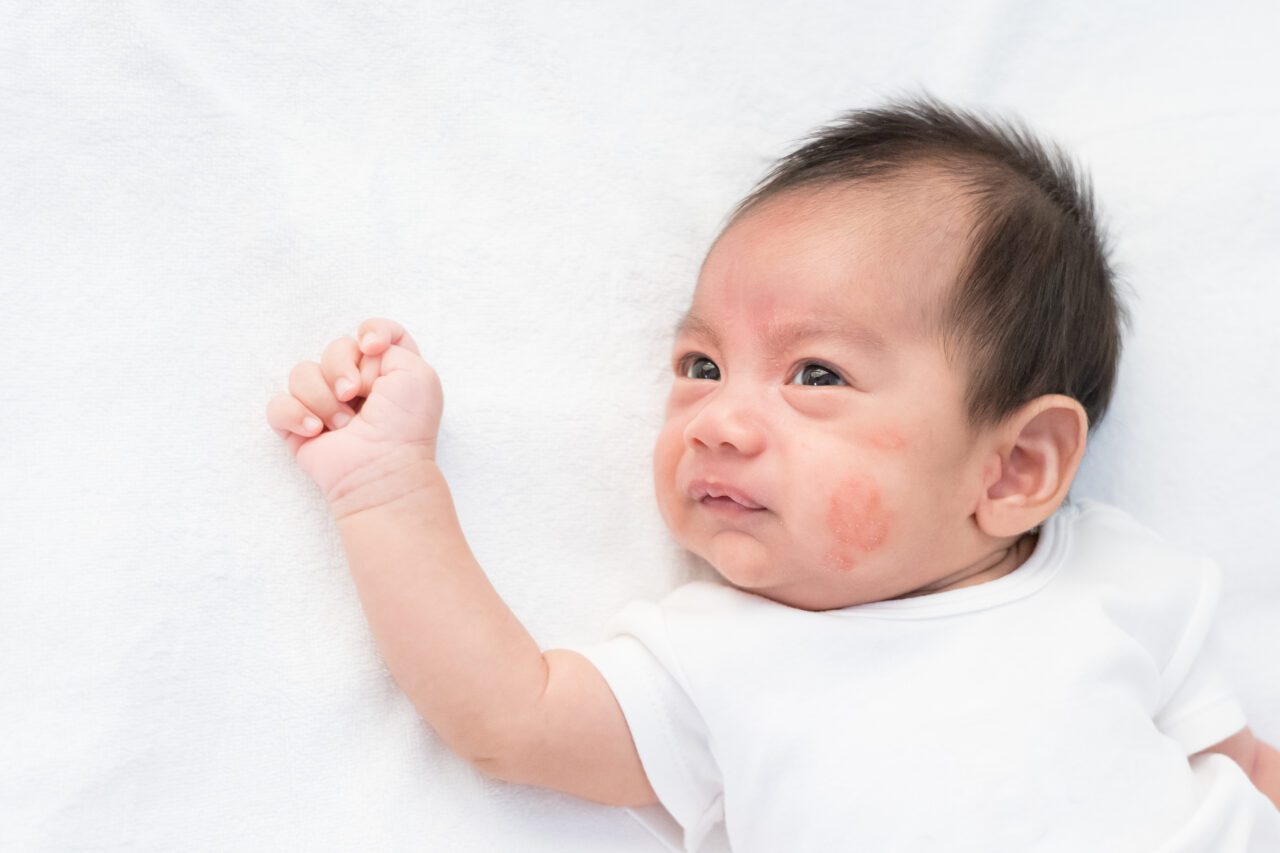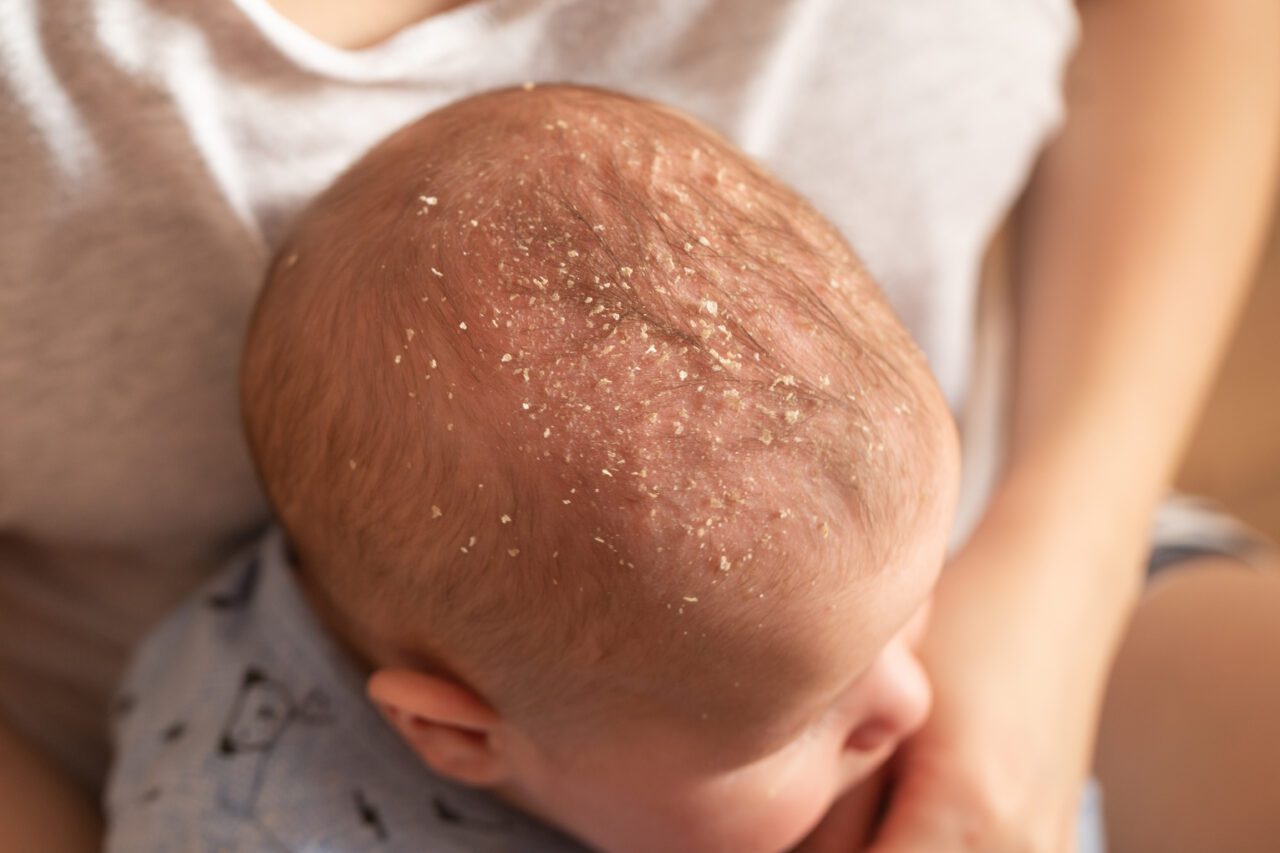A parent’s heart skips a beat when their bundle of joy is in distress. And a common distress signal? A rash on their adorable face. Identifying and treating baby rash on the face is critical for ensuring a happy and comfortable baby. Buckle up as we dive into this extensive guide with over 25 helpful sections, where I share insights and solutions for baby face rashes.
Introduction
Hey, you know what they say – if parenting was only about the good times, everyone would be doing it! Sometimes our wee ones have to face the music in the form of facial rashes. Let’s roll up our sleeves and get to the bottom of this!
Identifying and Treating Baby Rash on Face
Holy macaroni! Here we are, right at the thick of it. How do you differentiate between a harmless rash and a cause for concern? Keep your eyes peeled for the following indicators:
Baby Acne
Yes, babies can get acne, just like teenagers! Baby acne usually appears in the first month and is characterized by small red or white bumps on the face.
Causes and Prevention
Baby acne is often the result of hormones passed from mother to baby. Keeping the baby’s face clean and avoiding oily lotions can prevent exacerbation.
Treatment
Patience is key here. Most cases resolve on their own. If it persists, consult a pediatrician for mild topical treatments.

Eczema
Ah, the old itch-and-scratch! Eczema, aka atopic dermatitis, typically rears its head as dry, red patches on the face, particularly the cheeks.
Causes and Prevention
Heredity plays a role here. If you or your spouse has eczema, your little one might just win that genetic lottery. Prevent flare-ups by using fragrance-free soaps and moisturizers.
Treatment
Keep those nails short! Scratching can worsen eczema. Ask your doctor about over the counter products or prescriptions that may help.
Cradle Cap
Cradle cap usually appears as crusty patches on the baby’s scalp, but it can also affect the face.
Causes and Prevention
Though the exact cause is unknown, cradle cap is not caused by allergies or poor hygiene. Regular washing with a mild shampoo can help keep it in check.
Treatment
Apply mineral oil to loosen the scales, then gently brush them off. If it persists, seek medical advice for medicated shampoos.
Heat Rash
Those tiny red bumps clustered on your baby’s face? Probably heat rash, especially if it’s hot and humid.
Causes and Prevention
Heat rash occurs when sweat ducts get clogged. Keep your baby cool, avoid overdressing, and opt for lightweight fabrics.
Treatment
Keep the affected area dry and cool. It usually clears up on its own. If not, consult a doctor.
Allergic Reaction
If a rash shows up after introducing a new food or product, it might be an allergic reaction.
Causes and Prevention
Common culprits include eggs, milk, peanuts, and soy. Introduce new foods one at a time, and keep a lookout for reactions.
Treatment
Remove the offending agent and consult a doctor for advice on managing allergies.
Impetigo
Impetigo is a bacterial infection causing red sores with a honey-colored crust, typically around the nose and mouth.
Causes and Prevention
It’s usually caused by staph or strep bacteria entering through a cut or bite. Good hand hygiene and keeping cuts clean can be lifesavers here.
Treatment
Impetigo needs antibiotics, so a trip to the doctor is a must.

Seborrheic Dermatitis
Another term for cradle cap when it spreads to other parts of the face. Scaly, red patches? You got it!
Causes and Prevention
It’s often due to a yeast that’s part of normal skin flora. Daily cleansing with mild soap is beneficial.
Treatment
Antifungal creams or shampoos are often prescribed by pediatricians.
Dry Skin
Simple dry skin can sometimes be confused for a rash.
Causes and Prevention
Could be just the weather or the air indoors. Humidifiers and moisturizing can work wonders.
Treatment
Lather up with a gentle baby moisturizer.
Contact Dermatitis
This rash occurs when sensitive skin reacts to certain irritants.
Causes and Prevention
Common irritants include soaps, detergents, or saliva. Identify and remove the irritant.
Treatment
Use gentle skin products and apply a mild corticosteroid cream if recommended by a doctor.
When to Worry
Sometimes, a rash is more than just a rash. It might be time to raise the alarm bells if you notice the following:
- Fever: If a rash is accompanied by a fever, it’s time to high-tail it to the doctor.
- Difficulty breathing: Any sign of breathing trouble along with a rash requires immediate medical attention.
- Worsening over time: If the rash doesn’t improve or worsens despite treatments, contact a doctor.
Doctor’s Time
So you’re headed to the doc, huh? Make sure you’re armed with questions!
Questions to Ask Your Pediatrician
- What is causing this rash on my baby’s face?
- What are the treatment options?
- How can I relieve my baby’s discomfort?
- Are there any over-the-counter medications that you recommend?
- Should we see a specialist?
- What can we do to prevent this rash from occurring again?
Home Remedies: Yay or Nay?
Do they work? Some do! Here’s a handy list:
- Cool compresses: To soothe the irritated skin.
- Breast milk: Some moms swear by dabbing it on mild rashes.
- Coconut oil: Excellent natural moisturizer.
- Oatmeal baths: Soothing and anti-inflammatory.
But remember, always consult a doctor before trying something new!

Prevention Is Better Than Cure
“An ounce of prevention is worth a pound of cure.” Here are some tips:
- Keep baby’s skin clean and dry.
- Opt for fragrance-free products.
- Dress your baby in breathable fabrics.
- Avoid known allergens.
Your Baby’s Skin Care Routine
A solid routine is worth its weight in gold. Cleanse, moisturize, and protect from the sun!
Conclusion
Identifying and treating baby rash on the face can be as easy as pie with the right knowledge. Always stay vigilant for signs of discomfort, and when in doubt, don’t hesitate to seek professional advice. Your baby’s well-being and comfort are paramount.




